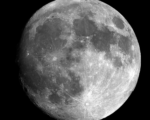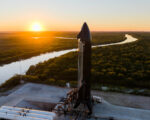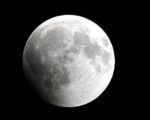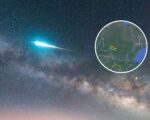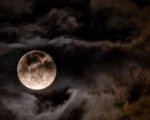A newly analyzed asteroid, 2024 PT5, which lingered near Earth for nearly two months last year, may have originated from the Moon. This school bus-sized space rock made another close approach in January, passing safely at a distance of 1.1 million miles. Researchers now believe that a massive impact on the lunar surface thousands of years ago could have ejected 2024 PT5 into space. The discovery provides valuable insights into the origins of near-Earth objects and their potential trajectories.
Study Confirms Lunar Composition
A study published in The Astrophysical Journal Letters analyzed observations from the Lowell Discovery Telescope in Arizona and NASA’s Infrared Telescope Facility in Hawai’i. The research linked 2024 PT5’s surface composition to lunar highland rocks, particularly those retrieved during the Apollo 14 mission. Teddy Kareta, an astronomer at Lowell Observatory, explained that the asteroid’s spectral properties closely matched silicate minerals found on the Moon, an unusual trait among typical asteroids. These findings strengthen the case for 2024 PT5’s lunar origin and contribute to ongoing studies of celestial debris.
Distinguishing Natural vs. Artificial Objects
Initial observations raised questions about whether 2024 PT5 could be artificial space debris, but further analysis confirmed its natural origin. According to Space.com, scientists determined that the asteroid’s rocky composition and exposure to solar radiation ruled out human-made origins. Its unique trajectory and mineral makeup also set it apart from other known near-Earth asteroids. This marks only the second confirmed case of a Moon-derived asteroid, following the discovery of 469219 Kamoʻoalewa.
Implications for Planetary Defense
Understanding how lunar fragments enter near-Earth space is crucial for planetary defense strategies. By studying asteroids like 2024 PT5, scientists can refine impact prediction models and assess potential risks posed by future space debris originating from the Moon. Ongoing observations may reveal additional lunar fragments in Earth’s vicinity, further expanding our knowledge of how celestial impacts shape planetary environments.






